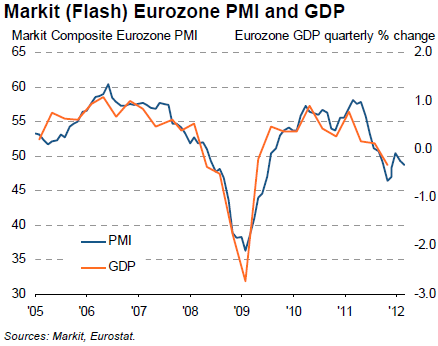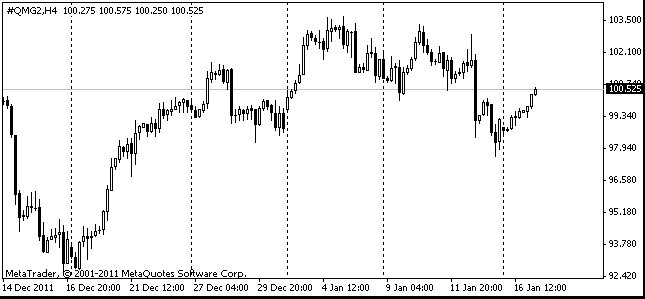EUR/usd
Yesterday the markets rewrote their local lows on growing concerns around Greece. EUR/USD sank as low as 1.2680, but by now has slightly bounced up to 1.2745. We cannot say that the situation has changed much for the better, so the current movement should be regarded as nothing more than a mere correction after a rather large anti-rally. Since the beginning of May the pair has dropped by 6 points from the 1.3260 level. As has already been mentioned, this year's movement resembles those of the previous two years, however this time the decline is half as strong as before. The reason for that is not only the fact that the poor news from Greece has been a real cause for concern over the last three years, but also that money, flowing out of the troubled European countries, goes into the bonds of more fortunate states of the same euro-Zone. Literally, it seems to be a simple transfer of money from one pocket into another. The mischief of this is that these pockets belong to different parties. Since there is no tight fiscal unity (and there's not many who want it now), the current situation with weak and strong EU countries cannot be compared to the way money is distributed between rich and subsidized regions in one particular country. However, inside Europe there exist very close ties, that is why the periphery's issues tell badly on the business sentiment of the core countries. In long term it adversely affects the region's potential, putting off the time when the economy will be finally able to afford the normalization of interest rates. Standing in contrast to all that, the USA keeps carving its way upwards. The housing market is moving with more than a measured tread, but this is not a decline already, but a steady organic growth, absolutely different from that boom period. In April the Housing Starts grew up to the annual rate of 717K. A year ago the figure was 552K. The graph clearly shows that the market is still in the uptrend. It's also surprising that physical capacity should be utilized that much. Yesterday's data on industrial production have recorded the capacity utilization at the level of 79.2%. In the boom years that indicator was a bit above 80% and in the depths of decline went down to 66.8%. The industrial sector has recouped 80% of the losses incurred during the crisis. In this regard, the USA has a more strained situation with the inflationary pressure. However, in the released fomc meeting minutes it is clearly seen that the Fed has preferred to focus on the possible risks on the side of the euro-zone. That's true, we are more concerned about the things which are unamenable to our control.

GBP/USD
The idea that we worry most about the things which are out of our control was also confirmed by the BOE King's speech yesterday. Rendering another quarterly inflation report, King also said that the consequences of the EU disintegration are unpredictable. However, he assured that the government is already working out the course of action should this highly undesirable case occur. In regard to Britain, the report, as expected, pointed to the downward revision of the forecasted growth figures and upward adjustment of the inflation rates. By the way, high inflation was also called an important cause of the feeble and unsteady growth. The sterling is now worth $1.59 and €1.25 (the inverse of 0.8 in EUR/GBP). Such strong growth in the pair has been caused by the fact that a part of the outflowing capital has still gone to the currencies other than the euro. However, such a high exchange rate doesn't have a reasonable fundamental.

oil
The risk-aversion still has some advantages for the real economy, though they are not always obvious now. Thus, the cost of Oil has sharply dropped since the start of the month. WTI is now $93.5 worth against 106 at the beginning of May. This is the low of mid December. It's interesting that the 200-day moving average should have almost a horizontal direction. For it to remain at one and the same level, the worth of the black gold should go down to $85.

AUD/USD
Австралийский доллар, будучи наиболее чувствительным к спросу на риск, опустился вчера до минимума в 0,9860. Подобный курс в последний раз был в середине декабря. Почти симметрично, до декабрьских минимумов упала и стоимость золота. Сегодня ситуация несколько выправляется. На рынках преобладает коррекция, но для ее развития требуется по-настоящему хорошая новость, а сейчас не более чем отсутствие плохих.
